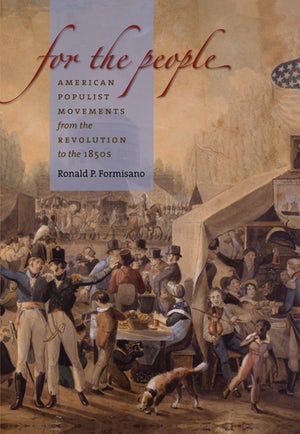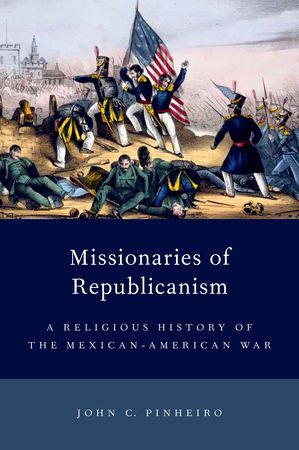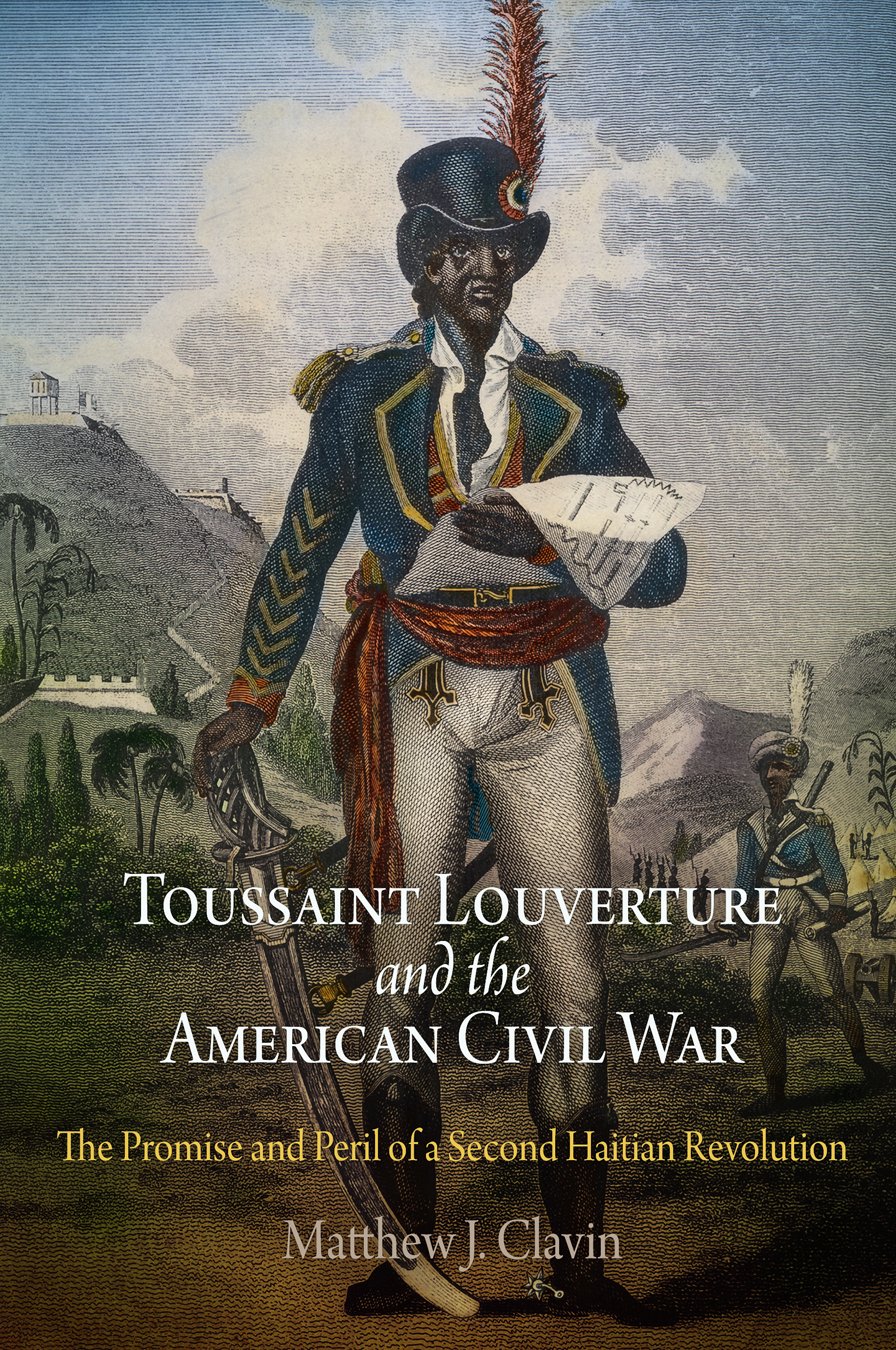Kyle Roberts’s Evangelical Gotham persuasively demonstrates that American evangelicals shaped the development of New York City, even as New York City shaped the development of American evangelicalism. Arguing against an older body of literature that Roberts claims focuses too much on the rural—think open-air camp meetings, portable pulpits, and people fainting under the stars—Roberts contends that New York City was at least as important as Cane Ridge in the growth of American evangelicalism.
What Roberts understands by “evangelicalism” is a distinctly modern form of religion, at the “heart of [which]… is an inherent tension between individual-focused conversion and community-based activism” (4). Roberts downplays differences between evangelicals, suggesting instead that New Yorkers were united by the “basic principles of individual conversion and community activism” rather than fixated on “the theological distinctions that divided them” (116). It is the tension between individualism and communalism that Roberts connects to the city itself, as he argues that the dislocations faced by many New Yorkers (the crossings and dwellings, in Thomas Tweed’s conception) made them long for a faith that could help them to both find “community amid overwhelming anonymity” as well as navigate the demands of an individualistic culture that seemed to reward self-directed strivers. Says Roberts, “Evangelicalism provided a very useful religion for New Yorkers…. [It] served as a resource for the dislocated, provided a moral code, and drove community and city growth” (7).
Roberts plays out this argument about the usefulness of evangelicalism chronologically, in three parts bookended by the Revolution and Civil War. He explains that this periodization corresponds to three modes of being evangelical: 1) an inward mode, focused on one’s own conversion, as a post-revolutionary generation crossed into the city and sought to dwell within it; 2) an outward mode after the War of 1812, focused on others’ conversions, as reformers ventured into hospitals, almshouses, brothels, and tenements, and then wrote and published voluminously about their experiences; and 3) a renewed withdrawal after the Panic of 1837, when New York evangelicals, like the rest of the nation, felt unsettled and ill at ease, retreating into antebellum domesticity rather than acknowledge their complicity in the sin of slavery. The chronological division is clear, though it could have used more engagement with the turning points themselves—what were evangelicals’ lives like during the War of 1812, for instance?—and a bit more messiness than the periodization allows.
Roberts takes care to show the spatial transformations occurring alongside this chronology. He shows how evangelicals made sacred space in the city out of old rigging lofts and schoolhouses, barns and grocery stores, docks and ships. Over the course of the book, we see these ad hoc worship spaces transform into grander venues as evangelicals gain influence and money, such as in the consecration of the Broadway Tabernacle out of a large theater. Roberts also shows how evangelical churches, including Broadway Tabernacle, were undone by disagreements over slavery, and how Manhattan’s sacred landscape exhibited its own form of (genteel, white) flight in the years leading up to the Civil War, when a number of evangelical churches moved uptown as the downtown population of Jews, Catholics, and African Americans surged.
Roberts supports his chronology with images and maps throughout, showing the location and changing building style of churches over time. (To take just one example, the incongruously enormous steeple of St. Paul’s Methodist Episcopal Church perfectly proves his point about the increasing influence and monetary means of evangelicals over the period under study [245].) Roberts also provides rich quantitative data, particularly in the appendix, showing rates of congregational growth relative to population growth that illustrates his claim that “evangelical congregations emerged from the margins to the center of the urban spiritual marketplace in the generation following the American Revolution” (264). Roberts concludes the appendix with a statement that will resonate with readers familiar with the work of Jon Butler, Nathan Hatch, and John Wigger: “Much like the rest of the country, New Yorkers were more fully churched on the eve of the Civil War than they were on the eve of the American Revolution” (277).
Roberts not only gives us maps and numbers; vibrant characters also populate the pages of Evangelical Gotham. Readers will not easily forget Michael Floy Jr. and his coat with three pockets (for different kinds of reading material), who published only one evangelical tract in his lifetime, but whose lifetime of reading Roberts analyzes to great effect. Roberts also engages with the lives of reformers like Ezra Stiles Ely and Phoebe Palmer. Their stories parallel those of the churches that moved uptown; Roberts notes how Ely ended up in a “plush” pulpit after laboring among the impoverished, sick, and dying at the almshouse and hospital, and how Palmer retreated into genteel domesticity and the promise of perfectibility rather than engage with the pressing issues of slavery and mass immigration.
Roberts’s argument that evangelical religion was useful to New Yorkers like Floy, Ely, and Palmer, all of whom sought communal bonds in an individualistic world, emphasizes rational choice and voluntary commitment. Throughout, he draws on a “spiritual marketplace” model, emphasizing the voluntary nature of evangelicalism, and the active and free decisions that ordinary New Yorkers made to convert and to order their own and their neighbors’ lives around a reforming faith.
But other scholars are pushing back against the spiritual marketplace model as insufficiently attuned to power dynamics and constraints. In Conceived in Doubt: Religion and Politics in the New American Nation, for instance, Amanda Porterfield emphasizes Americans’ fear, doubt, and uncertainty after they decided to cast off the monarchy, which made them skittish about deistic and freethinking ideas that seemed to threaten social chaos. Evangelicals stepped into the breach with a message of order and control. In Secularism in Antebellum America, meanwhile, John Lardas Modern explores how evangelicals, through control of print media and saturation of the market, so profoundly—and often invisibly—shaped the conditions of the choices individuals made that they were never unmediated or entirely free.
Though Roberts certainly shows the ambivalences at play in New Yorkers’ evangelicalism, one misses some of the power dynamics that are so visible in Porterfield’s and Modern’s work. To be sure, we see class tensions in Evangelical Gotham, particularly in the often snarky responses Ely gets to his mission and the ways in which the woman he tries to reform, Caroline, manipulates his attentions to her own ends. We also see New York evangelicals gaining control of print media, though unlike Modern, Roberts does not theorize what this dominance means as New York publishers essentially become the advertising agencies of nineteenth-century evangelicalism. In a section on the imposition of a grid structure on the city, Roberts also nods to scholarship on how grids enabled surveillance. Nevertheless, he explains that although “Evangelicalism has rightly been critiqued for incorporating elements of social control within its practices,” it is “important to remember that evangelicals held themselves to these standards” (90 and 297n29).
Roberts is right to reject too-simplistic social control arguments, but there remains to be explored the differences between New York City evangelicals holding themselves to these standards, holding others to them, and being held to them. Though Roberts discusses the creation of African American evangelical churches and the appeal of evangelicalism to the socially marginalized, his narrative is primarily about the growth of white middle class evangelicalism in New York City. Might evangelicalism have been a “useful religion” for these New Yorkers not just because it helped the dislocated to feel located, but also because it empowered them as key actors in the creation of a national white Protestant power structure seeking to impose moral order in the face of disorder that was read in both religious and racialized terms?
More explicitly addressing this question would help Roberts’s book connect not only to Porterfield’s and Modern’s work, but also to literature on religion and whiteness, such as Edward Blum and Paul Harvey’s The Color of Christ, which argues that the proliferation of tracts and other publications—many originating from the New York publishing houses Roberts writes about—helped to spread the white Christ far and wide, even as the white man was becoming empowered as a voting citizen.
But “race” is treated, in Evangelical Gotham, as belonging primarily to African Americans; in the section on “Race and Gender” in the appendix, those terms refer to “African American women and men and white women” (272). Yet white men are raced and gendered people too, and white Protestant evangelicals, in particular, constructed their racial and gender identities against the disorderly people they were trying to save—Catholic immigrants of questionable whiteness (the familiar nineteenth-century images of the Irish as barely human come to mind), Jews (also of questionable whiteness in the nineteenth century), African Americans, and Chinese. Descriptions of the “dark underbelly” of New York in the penny press racialize gamblers and prostitutes, dancers and opium smokers, who appear in lurid light as dark or reddened shadows writhing in the flames of their hellish reveries. Evangelicals themselves also contributed to the construction of urban spaces as antithetical to religion. In his popular Life in New York, editor of the New York Observer Samuel Irenaeus Prime, an Old School Presbyterian trained at Princeton Theological Seminary, tried to persuade young people to stay on their farms and villages rather than seek their fortunes in the city. Even as New York was becoming an evangelical power center, it nevertheless also remained a foil against which ministers committed to the New England ideal of village life—homogenously white and Protestant—could rant and rail. Thus Gotham both spread white evangelical power through the proliferation of tracts and support of urban reform and mission societies, and also served as a foil in the construction of the white evangelical as one who remained pure despite the temptations of the mixed city.
All of this is to simply suggest how many rich avenues of inquiry Evangelical Gotham raises. Roberts convinces that without Gotham, evangelicalism in America would not have developed into the powerhouse it became over the course of the nineteenth century; putting his work in deeper conversation with this other literature would help us to better understand the nature of its power, even as Roberts’s careful excavation helps us to better understand its primary home in Gotham.
This article originally appeared in issue 17.4 (Summer, 2017).
Kathryn Gin Lum is assistant professor of Religious Studies, in collaboration with the Center for Comparative Studies in Race and Ethnicity, and History (by courtesy), at Stanford University. She is the author of Damned Nation: Hell in America from the Revolution to Reconstruction (2014) and co-editor, with Paul Harvey, of the Oxford Handbook of Religion and Race in American History (forthcoming, Oxford University Press, 2018). She is currently working on a book tentatively titled The Heathen World and America’s Humanitarian Impulse (under contract with Harvard University Press).



















